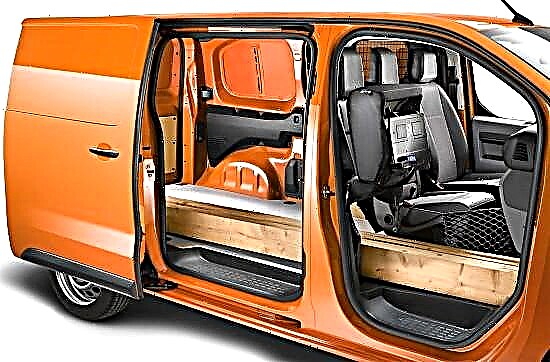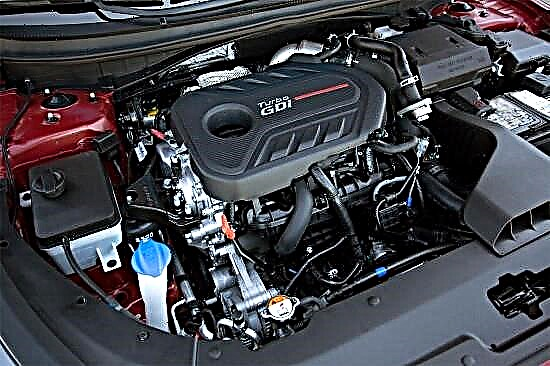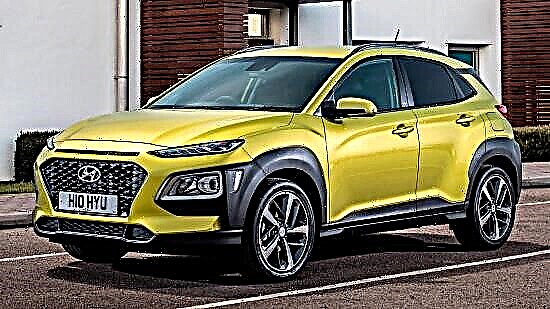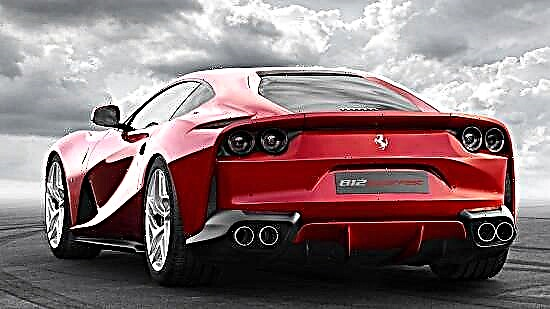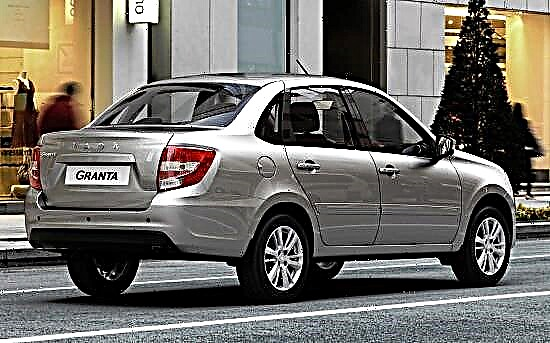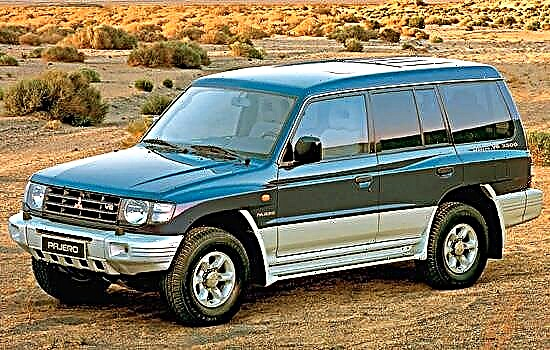The second generation SUV was introduced to the public in 1991, and sales of the model began in the same year. In 1997, the car underwent a planned update, after which it was produced until 1999.
It should be noted that the SUV was assembled at factories in Japan, India and the Philippines, and on the last two its production continued after the launch of the third generation Pajero in 2000.

The "second" Mitsubishi Pajero is a full-size SUV with a frame body structure. It was available in three- and five-door versions, with the former offered with a metal or tarpaulin top and the latter with a high roof.
The length of the car ranged from 4030 to 4705 mm, height - from 1850 to 1875 mm, width - 1695 mm, distance between axles - from 2420 to 2725 mm, ground clearance (clearance) - 210 mm. When loaded, "Pajero 2" weighed from 1665 to 2170 kg, depending on the version.

The second-generation Mitsubishi Pajero SUV was equipped with gasoline engines with a working volume of 2.4 to 3.5 liters, which produced 103 to 280 horsepower. There were also diesel units with a volume of 2.5 to 2.8 liters and a capacity of 103 to 125 "horses". The engines were combined with a 5-speed "mechanics" or a 4-band "automatic". The car was equipped with a Super Select 4WD transfer case with four drive modes, a reduction gear that is locked by rear and symmetrical center differentials.
An independent torsion bar suspension was used in the front on the second generation Mitsubishi Pajero, and a dependent spring suspension in the back. Disc brakes were installed on all wheels, there was ABS.
The advantages of Pajero 2 include excellent cross-country ability, high driving position, fairly good equipment, overall structural reliability, comfortable and spacious interior, spacious luggage compartment and confident behavior on the road even at high speeds.
The disadvantages of the model are expensive maintenance, high prices for spare parts, and high fuel consumption.

